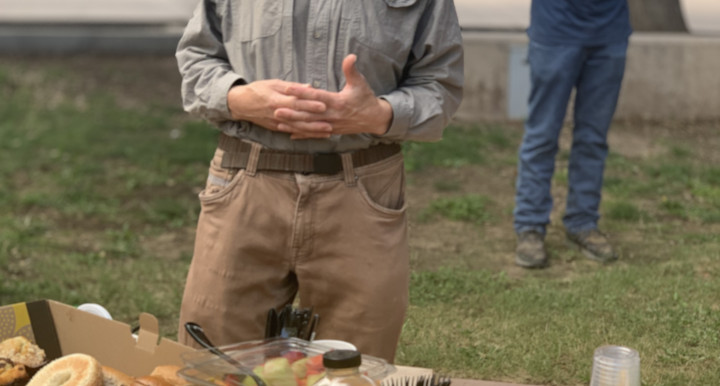songbirdsongs performances will be Sunday, October 30 @ 7PM and Monday, October 31 @ 7PM.
Malleus is the graduate percussion group of the University of Arizona Fred Fox School of Music. Malleus specializes in percussion chamber music of the 20th and 21st centuries with an emphasis on new works by living composers.
Members include Corey Denham, Griffin Law, Hannah Ransom and Katelynn Ward. The group is directed by University of Arizona faculty members Dr. Morris Palter and Dr. Brett Reed.


